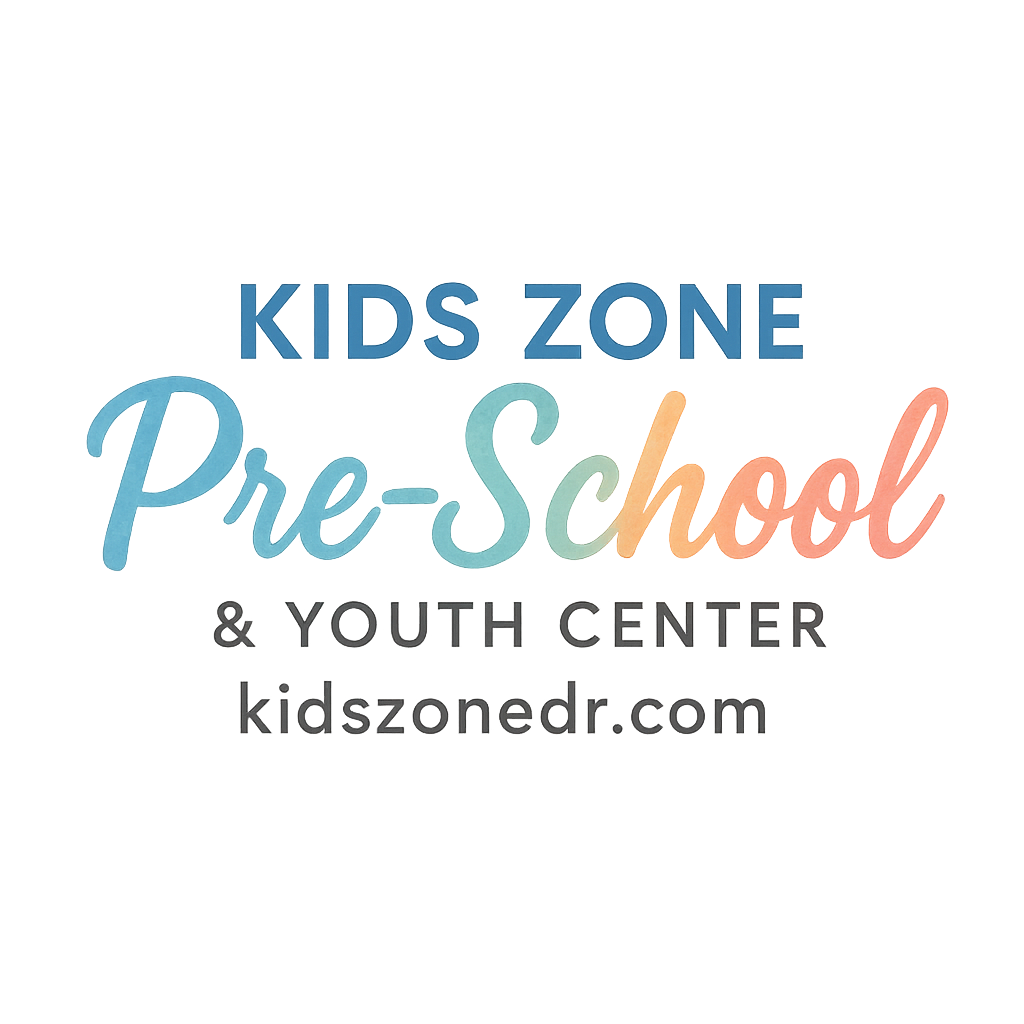Introduction: Why Sensory Games Matter for Early Brain Growth
Have you ever noticed how kids can spend hours digging in sand, splashing in water, or simply playing with playdough? That’s not just “play”—it’s powerful brain-building work. Sensory games are essential in preschools and youth centers because they help children strengthen connections in their developing brains. Through sensory experiences, kids learn to process the world, solve problems, and develop communication skills.
In this article, we’ll explore 7 sensory games that preschoolers and young learners love—games that are fun, easy to set up, and packed with benefits for cognitive, emotional, and physical growth.
The Connection Between Sensory Play and Brain Development
How the Brain Processes Sensory Input
Our brains are like supercomputers, constantly processing input from the senses. When children engage in sensory play—touching, smelling, hearing, tasting, and seeing—they build stronger neural pathways. This boosts memory, critical thinking, and adaptability.
Why Preschool & Youth Centers Use Sensory Play
Preschools and youth centers use sensory play because it’s a natural way for kids to explore. Instead of memorizing, they experience—and those experiences create lasting brain growth. Schools often integrate sensory activities into daily routines to give children structured yet flexible opportunities to learn.
Benefits of Sensory Games for Children
Boosting Cognitive Growth
Sensory games improve problem-solving, focus, and early math and science skills. For example, measuring water while pouring develops spatial awareness and logical reasoning.
Encouraging Language and Communication
When kids describe textures, smells, or sounds, they expand their vocabulary. Teachers can reinforce this by asking open-ended child talk questions like, “What does this feel like?” or “What sound do you hear?”
Building Social and Emotional Skills
Sensory play often involves group activities where children share, take turns, and cooperate. These interactions build empathy and confidence.
Enhancing Physical Development
From fine motor control when scooping sand to gross motor skills in sensory obstacle courses, children develop strong coordination through sensory play.
7 Preschool & Youth Center Sensory Games for Brain Growth
1. Sensory Bins with Everyday Objects
Sensory bins are versatile, engaging, and easy to set up. Fill bins with rice, pasta, beans, or even cotton balls, then hide small toys inside for discovery.
Brain Benefits of Sensory Bins
They support tactile exploration, concentration, and imaginative play. Kids naturally learn sorting, counting, and problem-solving while having fun.
Tips for Setting Up Sensory Bins in Classrooms
- Use themes (ocean, farm, outer space).
- Rotate materials weekly.
- Provide scoops, cups, and spoons to encourage motor skills.
2. Texture Walks for Tactile Exploration
A texture walk involves creating a path with different surfaces—like carpet, grass, bubble wrap, and sandpaper—for children to walk on barefoot.
How Texture Walks Stimulate the Brain
Walking on different textures strengthens sensory integration and body awareness, key for brain development.
Easy Texture Walk Ideas
- Outdoor texture paths with natural materials.
- Indoor versions using mats and safe fabrics.
3. Mystery Bag Guessing Game
Place everyday items in a bag and let kids guess what they’re touching without looking.
Encouraging Critical Thinking & Vocabulary
This game builds descriptive language, enhances focus, and teaches children to rely on touch rather than sight.
Adapting for Different Ages
Younger kids can identify shapes, while older ones can guess more complex objects.

4. Musical Sensory Play
From shaking maracas to drumming on pots, children love making noise—and it’s fantastic for brain growth.
The Link Between Music and Brain Growth
Music stimulates memory, rhythm, and emotional regulation. Studies show it strengthens both sides of the brain.
Fun Classroom Musical Sensory Ideas
- Freeze dance with scarves.
- Rhythm clapping games.
- DIY instruments with recycled materials.
5. Water and Sand Play
Classic sensory favorites like water tables and sandboxes never go out of style.
Why Kids Love Water and Sand
They’re calming, open-ended, and endlessly creative. Kids pour, build, and test theories without realizing they’re doing science.
Brain Development Through Water Play
Measuring, filling, and pouring develop problem-solving and hand-eye coordination. It’s also a perfect daily routine activity in preschools.
6. Scented Discovery Bottles
Fill bottles with scented cotton balls, herbs, or spices and let kids shake, smell, and guess.
How Scents Trigger Memory and Learning
Smells are closely tied to memory and emotion, making this game powerful for learning retention.
DIY Ideas for Scented Bottles
- Lavender for calm.
- Cinnamon for energy.
- Citrus for alertness.
7. Sensory Obstacle Courses
Combine movement with sensory play by designing obstacle courses with tunnels, cushions, and tactile stations.
Combining Movement and Sensory Play
This game enhances motor planning, spatial awareness, and teamwork.
Designing a Safe Obstacle Course Indoors or Outdoors
- Use pillows, mats, and cones.
- Add texture zones like stepping on bubble wrap or crawling through fabric tunnels.
How Teachers and Parents Can Support Sensory Play
Creating Daily Routines with Sensory Play
Educators can integrate sensory activities into structured daily routines, such as morning bins or afternoon calm-down corners.
Encouraging Parental Involvement in Youth Centers
Parents can extend sensory play at home, strengthening skills and reinforcing what kids learn in preschools. Explore parental involvement tips for more strategies.
Common Challenges in Sensory Play and How to Overcome Them
Managing Mess and Clean-Up
Yes, sensory play can get messy—but with trays, mats, and clear routines, clean-up becomes part of the learning process.
Adapting for Children with Sensory Sensitivities
Some children may feel overwhelmed by certain textures or sounds. Start small, give choices, and allow gradual exposure.
Long-Term Impact of Sensory Games on Child Development
Preparing Children for Academic Success
Sensory play builds pre-writing, pre-math, and problem-solving skills that make academic tasks easier.
Building Lifelong Learning Habits
Children who learn through sensory experiences develop curiosity, creativity, and resilience—qualities that last well beyond preschool.
Conclusion
Sensory games are more than just fun—they are brain-building, skill-strengthening, and relationship-nurturing activities. Whether it’s through sand play, musical exploration, or mystery bags, kids in preschools and youth centers thrive when given the chance to engage their senses. By weaving these activities into daily routines, teachers and parents can set children up for a lifetime of learning and growth.
FAQs
1. What age is best for starting sensory games?
Sensory play can begin as early as infancy, with safe, age-appropriate materials.
2. How often should sensory activities be included in preschool routines?
Daily exposure is ideal, even if it’s just 15–20 minutes per day.
3. Are sensory games messy?
They can be, but using bins, mats, and clear expectations keeps things manageable.
4. Can sensory play help children with special needs?
Yes, sensory play is especially helpful for children with autism, ADHD, or sensory processing challenges.
5. What materials are best for sensory bins?
Rice, pasta, beans, cotton balls, sand, and even shredded paper work well.
6. How do sensory games support language development?
They encourage children to describe textures, smells, and experiences, expanding vocabulary naturally.
7. Can parents try these games at home?
Absolutely! Many sensory games use everyday items found in your kitchen or backyard.


